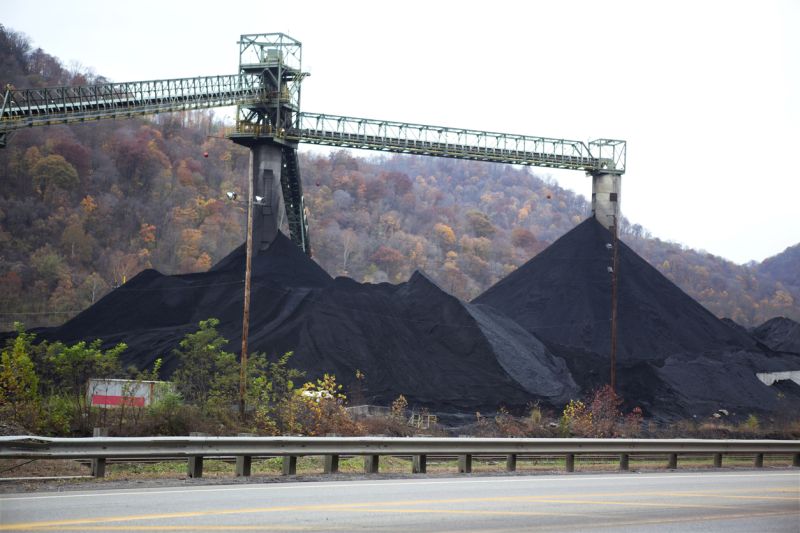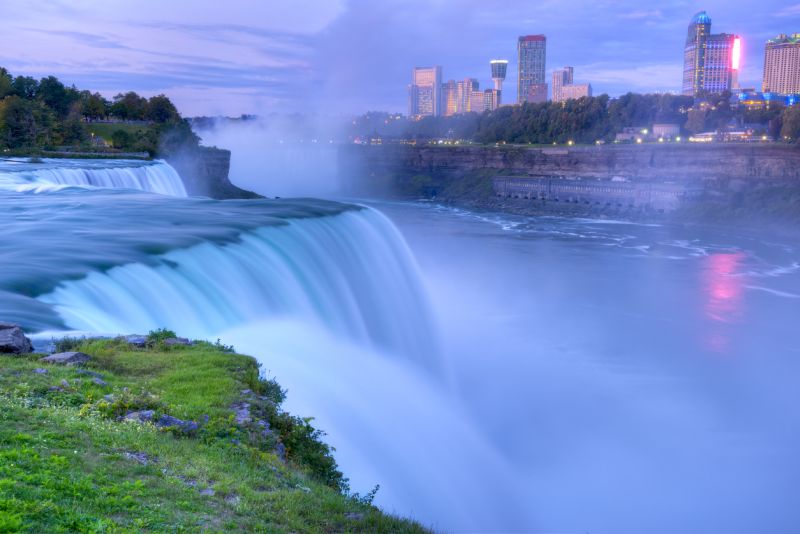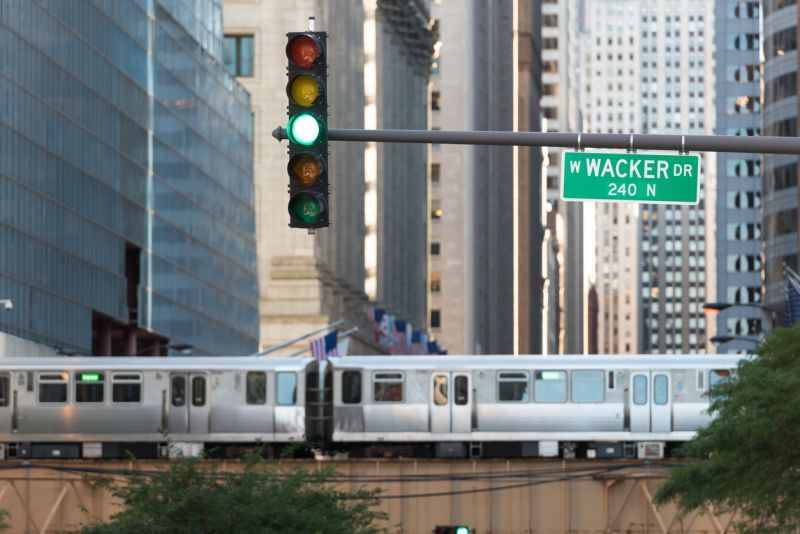Monday, January 30, 2017 11:53AM
YONKERS, Westchester County (WABC) -- A four-alarm fire burned through a large warehouse complex in Yonkers that includes the historic Alexander Mills carpet factory.
Flames shot through the roof of the warehouse on Lake Avenue at Nepperhan Avenue after the fire broke out at about 4 a.m. Monday.
The warehouse houses several businesses.
Firefighters battled the blaze from the outside. There was heavy fire on the third, fourth and fifth floors.
No injuries were reported.
Members of the YoHo Artist Community work out of two of buildings on the site.
The complex was added to the National Register of Historic Places in 1983.
Local roads around Nepperhan and Lake Avenues were closed for fire department activity.




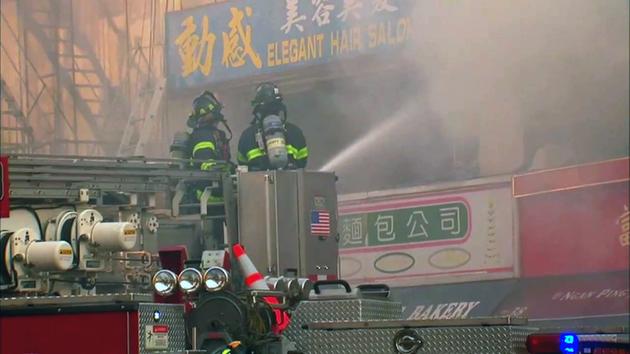 .
. 










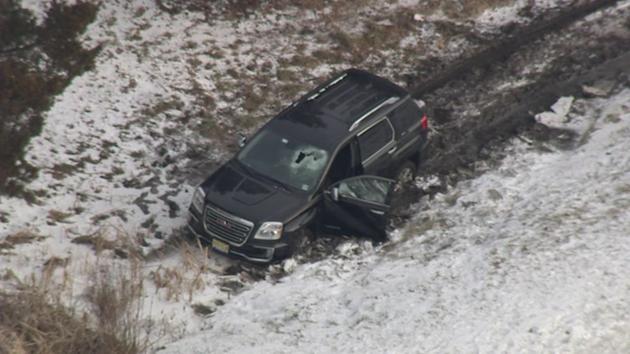








 A flooded vineyard in the Russian River valley in Forestville, California, on January 9, 2017.Eric Risberg/AP
A flooded vineyard in the Russian River valley in Forestville, California, on January 9, 2017.Eric Risberg/AP 

 Knowing the states that people are moving out of can help insurance agents and brokers plan for the potential loss of clients who relocate to another state. (Photo: iStock)
Knowing the states that people are moving out of can help insurance agents and brokers plan for the potential loss of clients who relocate to another state. (Photo: iStock) 


